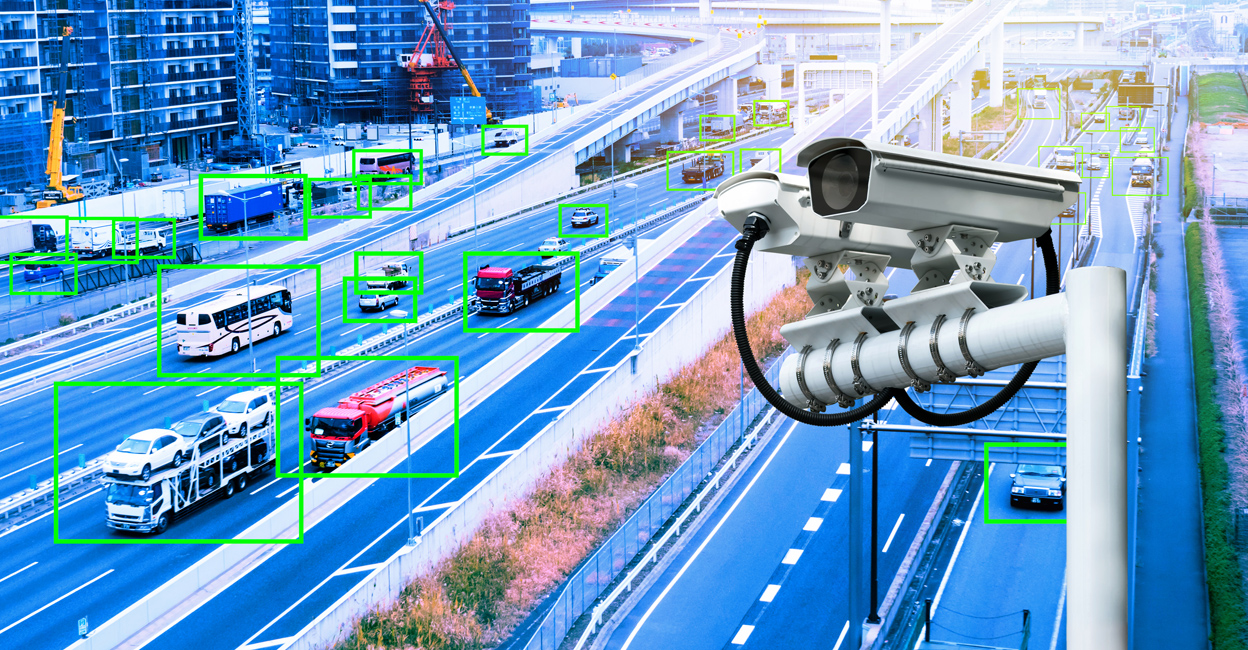In the ever-evolving landscape of technology, artificial intelligence (AI) stands out as a transformative force, reshaping industries and sectors. A notable application of AI lies in the realm of surveillance, where AI-powered cameras are redefining the way we approach security. These cutting-edge cameras go beyond the capabilities of traditional systems, introducing advanced features that mark a significant leap forward.
Traditional surveillance cameras have been a mainstay in security systems for decades, but their limitations are becoming increasingly apparent in the face of sophisticated threats. Enter AI cameras, the next frontier in surveillance technology. Equipped with sophisticated algorithms, these cameras boast smart object recognition capabilities, allowing them to distinguish between people, vehicles, animals, and other objects in real-time. This granularity in identification enhances security monitoring accuracy, reducing false alarms and facilitating more efficient responses to potential threats.
What sets AI cameras apart is their ability to analyze human behavior. Through machine learning algorithms, these cameras can detect unusual or suspicious activities, such as loitering, erratic movements, or unauthorized access. This proactive approach to surveillance enables security personnel to intervene before incidents escalate, preventing potential security breaches.
Facial recognition technology has become a hallmark of AI cameras. These systems can identify individuals in real-time, providing an extra layer of security in access control and monitoring. This feature is invaluable in various scenarios, from public spaces to corporate environments, enabling authorities to quickly identify and respond to potential threats.
Cloud integration is another key feature of AI cameras, allowing users to store and access footage remotely. This not only provides a convenient way to manage and review surveillance data but also ensures secure backup of critical information. Remote monitoring capabilities enable security personnel to keep an eye on multiple locations simultaneously, enhancing overall situational awareness.
Moreover, AI cameras leverage adaptive learning, continuously improving their performance over time. Through this self-learning capability, the cameras refine their algorithms based on real-world data, becoming more adept at recognizing patterns and enhancing their overall effectiveness.
In conclusion, AI cameras are pivotal in navigating our complex and interconnected world. Their ability to intelligently analyze data, recognize patterns, and adapt to evolving situations makes them a crucial component in the modern security landscape. Embracing this technology goes beyond upgrading surveillance systems; it heralds a new era of intelligent, proactive security that empowers businesses, organizations, and communities to stay one step ahead of potential threats. The integration of AI cameras represents a paradigm shift, offering a glimpse into a future where advanced technology seamlessly works to safeguard our environments.
Advantages of AI Cameras in Surveillance:
-
Smart Object Recognition:
- AI cameras excel at smart object recognition, distinguishing between people, vehicles, animals, and other objects in real-time. This enhances the accuracy of security monitoring and reduces false alarms.
-
Behavior Analysis:
- AI cameras can analyze human behavior, detecting unusual or suspicious activities. This proactive approach allows security personnel to intervene before incidents escalate, preventing potential security breaches.
-
Facial Recognition Technology:
- The incorporation of facial recognition technology enables real-time identification of individuals, adding an extra layer of security in access control and monitoring.
-
Cloud Integration and Remote Monitoring:
- AI cameras with cloud integration provide convenient remote access to stored footage, facilitating easy management and review of surveillance data. This feature also ensures secure backup of critical information.
-
Adaptive Learning:
- AI cameras continuously improve their performance over time through adaptive learning. This self-learning capability enables the system to become more adept at recognizing patterns, enhancing overall effectiveness.
Disadvantages of AI Cameras in Surveillance:
-
Privacy Concerns:
- The use of facial recognition technology raises privacy concerns as it involves the collection and processing of personal data. Striking a balance between security and individual privacy becomes a significant challenge.
-
Cost:
- Implementing AI cameras can be expensive, both in terms of initial setup and ongoing maintenance. This cost factor may limit the adoption of this technology for some businesses and organizations.
-
Complexity and Integration Challenges:
- The integration of AI cameras into existing surveillance systems may pose challenges due to complexity. Ensuring seamless compatibility and overcoming technical hurdles can be time-consuming.
-
Risk of Bias and Inaccuracy:
- AI algorithms are not infallible and may exhibit biases or inaccuracies, especially in facial recognition. This can lead to false identifications and has implications for the fairness of surveillance practices.
-
Security Concerns:
- The connectivity of AI cameras to the cloud introduces potential security vulnerabilities. Unauthorized access to the stored data or the camera system itself poses a risk that needs to be carefully managed.


